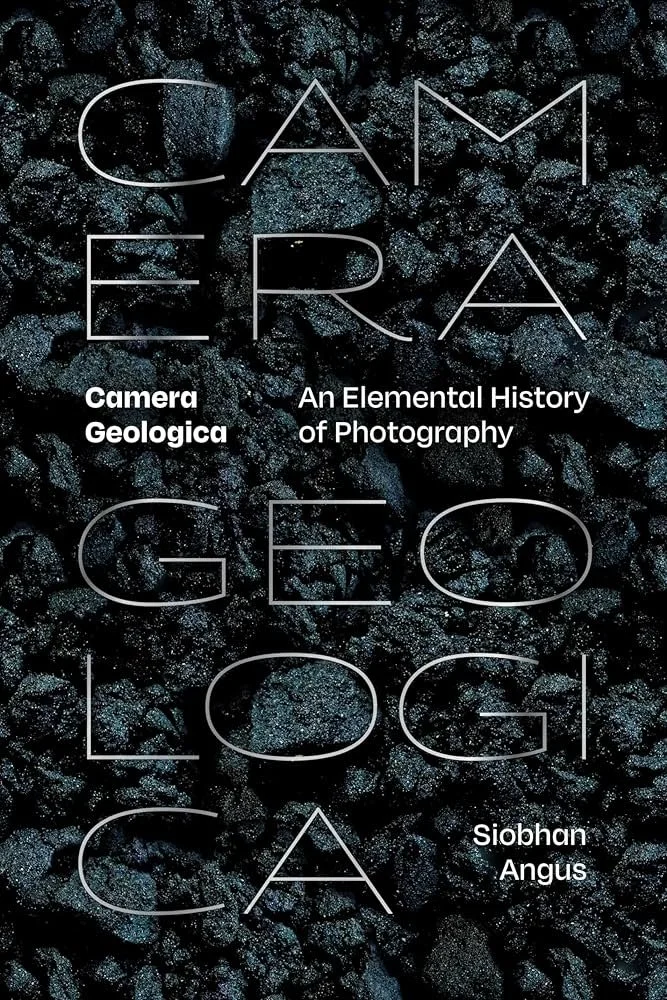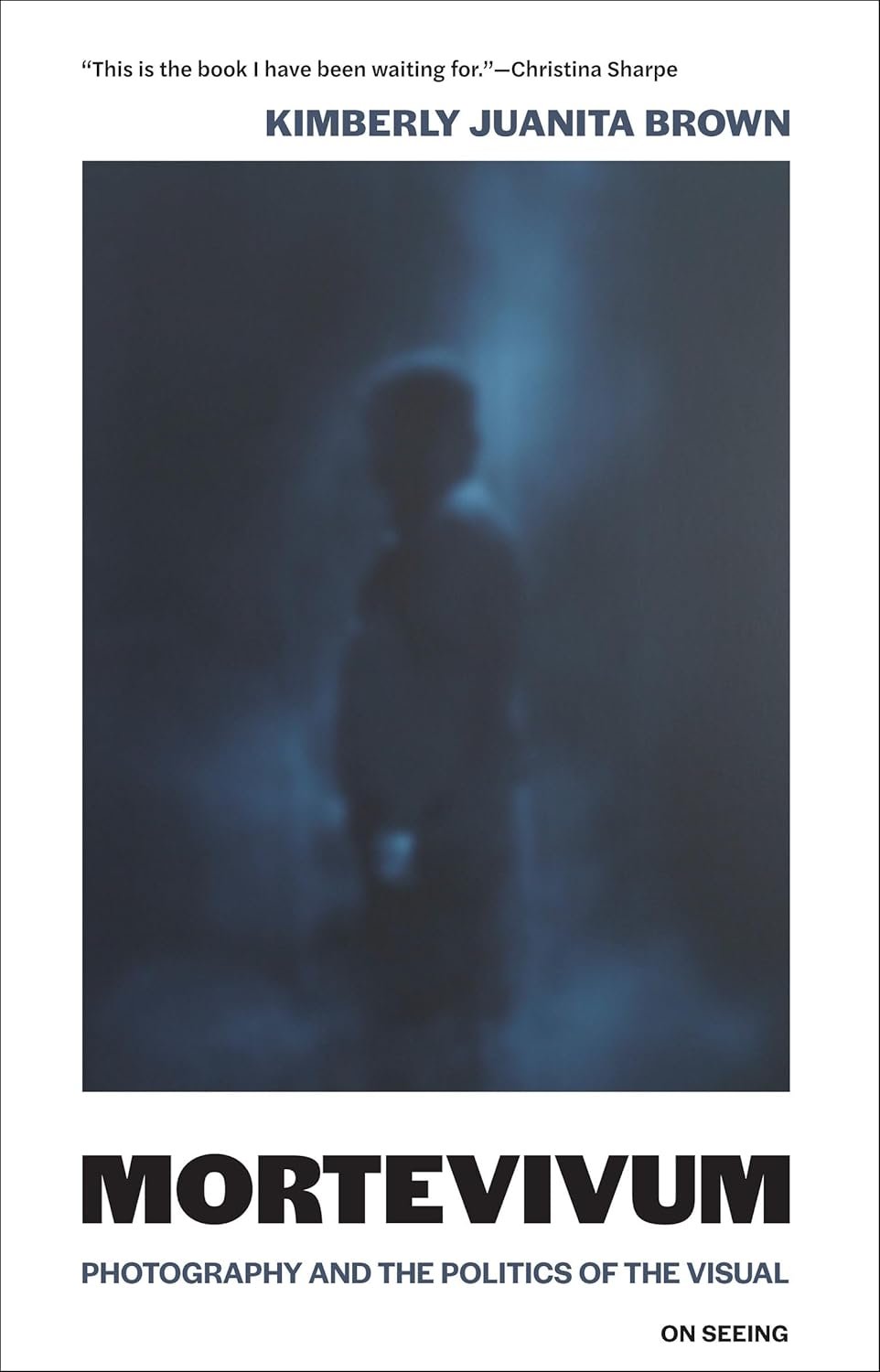Congratulations to the 2024 Photography Network Awardees
PN Project Grant winners:
The Photography Network project grant is designed to help emerging scholars, curators, and artists with funds needed to complete a work in progress. This grant supports the publication of a book or article, or the mounting of an exhibition that cannot be completed in its most desirable form without a subsidy.
Dr. Jennifer Orpana, Care Work and the Camera: Photography at the Women’s College Hospital
This project considers the relationship between photography, gender, and care work in the Women’s College Hospital’s School of Nursing collections held at the Miss Margaret Robins Archives in Toronto. Orpana will be presenting this research as part of the “Art and the Politics of Care” panel, chaired by Dr. Sarah Bassnett at the Universities Art Association of Canada Conference in London, Ontario (October 2024).
William Henry Fox Talbot, [Lace], 1839, Photogenic drawing. The J. Paul Getty Museum, Los Angeles, Public Domain
Dr. Francesca Strobino, Experimental Metallic Surfaces and Absent Images: On the Materiality of William Henry Fox Talbot’s Photomechanical Practice
Image reproductions forthcoming next year in Francesca Strobino’s article Experimental Metallic Surfaces and Absent Images: On the Materiality of William Henry Fox Talbot’s Photomechanical Practice in Zeitschrift für Kunstgeschichte (2025) special issue guest edited by Prof Steffen Siegel and Prof Elizabeth Otto. The special issue collects selected contributions from the convening "Archival Absences: An Incomplete History of Photography" (Rome, Bibliotheca Hertziana, Max Planck Institute for Art History, March 20–24, 2023). Metal plates are held in the William Henry Fox Talbot (1800–1877) collection in Oxford’s Bodleian Libraries.
Dr. Emily Doucet, Inventing Nadar: A History of Photographic Firsts
Image reproductions forthcoming in Doucet’s monograph debut, Inventing Nadar: A History of Photographic Firsts forthcoming from Duke University Press in Spring 2026. Taking advantage of the unusually broad range of Nadar’s claims to priority, Inventing Nadar follows Nadar’s firsts, tracking how they entered into the historical record via photography and other media.
PN Book Prize Awardees:
Siobhan Angus, Camera Geologica: An Elemental History of Photography
An urgent and productive turn to the question of photography and its extractions
In Camera Geologica, Siobhan Angus tells the history of photography through the minerals upon which the medium depends. Challenging the emphasis on immateriality in discourses on photography, Angus focuses on the inextricable links between image-making and resource extraction, revealing how the mining of bitumen, silver, platinum, iron, uranium, and rare earth elements is a precondition of photography. She places nineteenth-century photography in dialogue with digital photography and its own entangled economies of extraction, demonstrating the importance of understanding photography’s complicity in the economic, geopolitical, and social systems that order the world.
Giulia Paoletti, Portrait and Place: Photography in Senegal 1840–1960
A deeply researched and sharp analysis of African photo-histories and west-African entangled cultures of visuality.
When the daguerreotype first arrived in sub-Saharan Africa in the early nineteenth century, local kingdoms still held power in Senegal and the French presence was limited to trading outposts along the coast. The pioneers of photography in Senegal worked within, across, and beyond the borders of colonial empire, expanding the medium’s possibilities and contributing to a global visual language. Portrait and Place explores these unique encounters, providing an in-depth and nuanced look at the images made at the intersection of Black Atlantic, Islamic, and African cultures. Giulia Paoletti takes readers on a visual journey from the 1840s, when the oldest-surviving daguerreotype from West Africa was made, to the 1960s, when photography became the most popular medium as Senegal achieved its independence. She discusses some of Africa’s most celebrated modernists, such as Mama Casset, and also offers insights into lesser-known photographers like Oumar Ka and once-anonymous figures such as Macky Kane. Paoletti examines both professional and amateur artists in genres ranging from portraiture to landscape and across media such as glass painting and lithography. Featuring a wealth of breathtaking images published here for the first time, Portrait and Place brings to life the important histories of photography on the African continent.
Kimberly Juanita Brown, Mortevivivum: Photography and the Politics of the Visual
Brown choreographs difficult imagery, black death and its opacities along with graphic texts that cares for the encounter of these transnational black realities and their necessity to be seen.
Since photography's invention, black life has been presented as fraught, short, agonizingly filled with violence, and indifferent to intervention: living death—mortevivum—in a series of still frames that refuse a complex humanity. In Mortevivum, Kimberly Juanita Brown shows us how the visual logic of documentary photography and the cultural legacy of empire have come together to produce the understanding that blackness and suffering—and death—are inextricable. Brown traces this idea from the earliest images of the enslaved to the latest newspaper photographs of black bodies, from the United States and South Africa to Haiti and Rwanda, documenting the enduring, pernicious connection between photography and a global history of antiblackness. Photography's history, inextricably linked to colonialism and white supremacy, is a catalog of othering, surveillance, and the violence of objectification. In the genocide in Rwanda, for instance, photographs after the fact tell viewers that blackness comes with a corresponding violence that no human intervention can abate. In Haiti, the first black republic in the Western Hemisphere, photographic “evidence” of its sovereign failure suggests that the formerly enslaved cannot overthrow their masters and survive to tell the tale. And in South Africa and the United States, a loop of racial violence reminds black subjects of their lower-class status mandated via the state. Illustrating the global nature of antiblackness that pervades photographic archives of the present and the past, Mortevivum reveals how we live in a repetition of imagery signaling who lives and who dies on a gelatin silver print—on a page in a book, on the cover of newspaper, and in the memory of millions.






